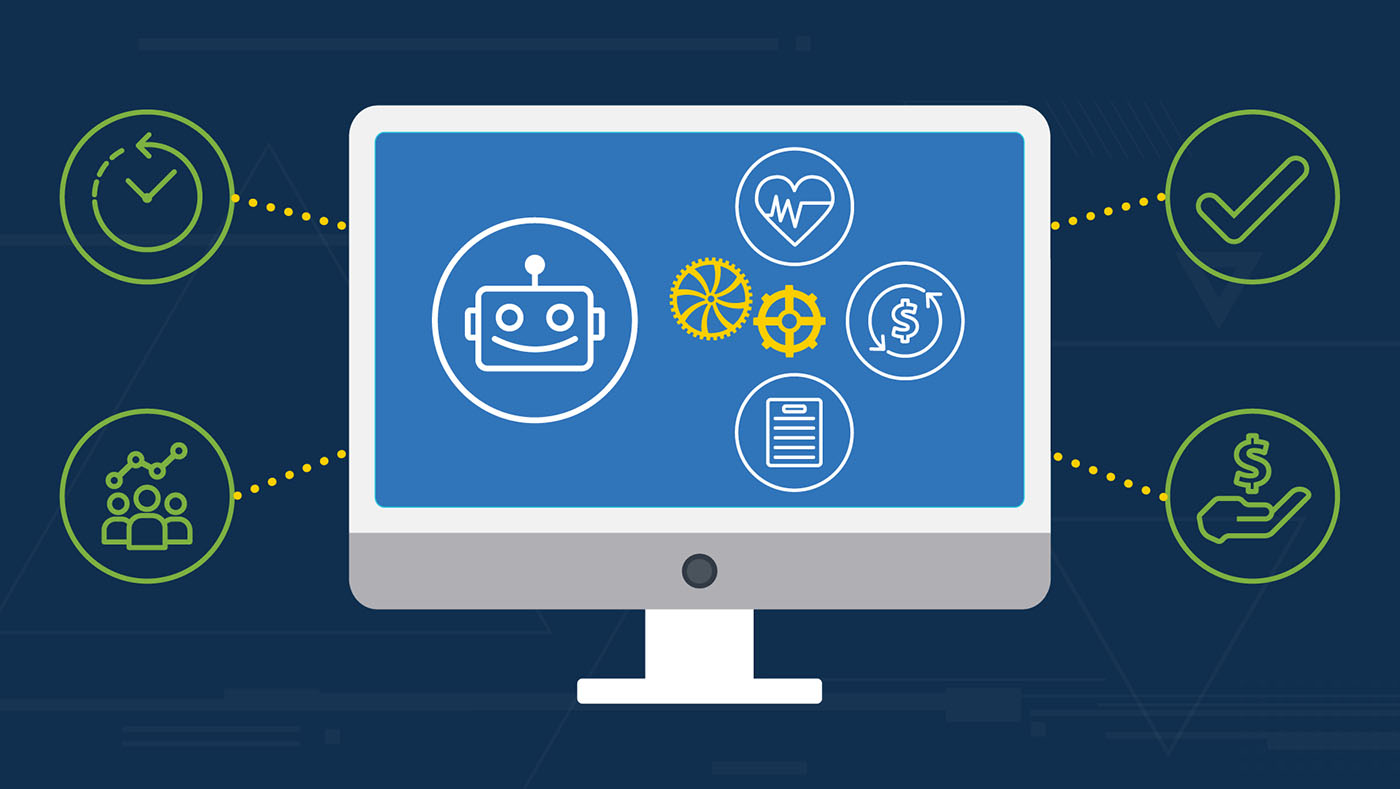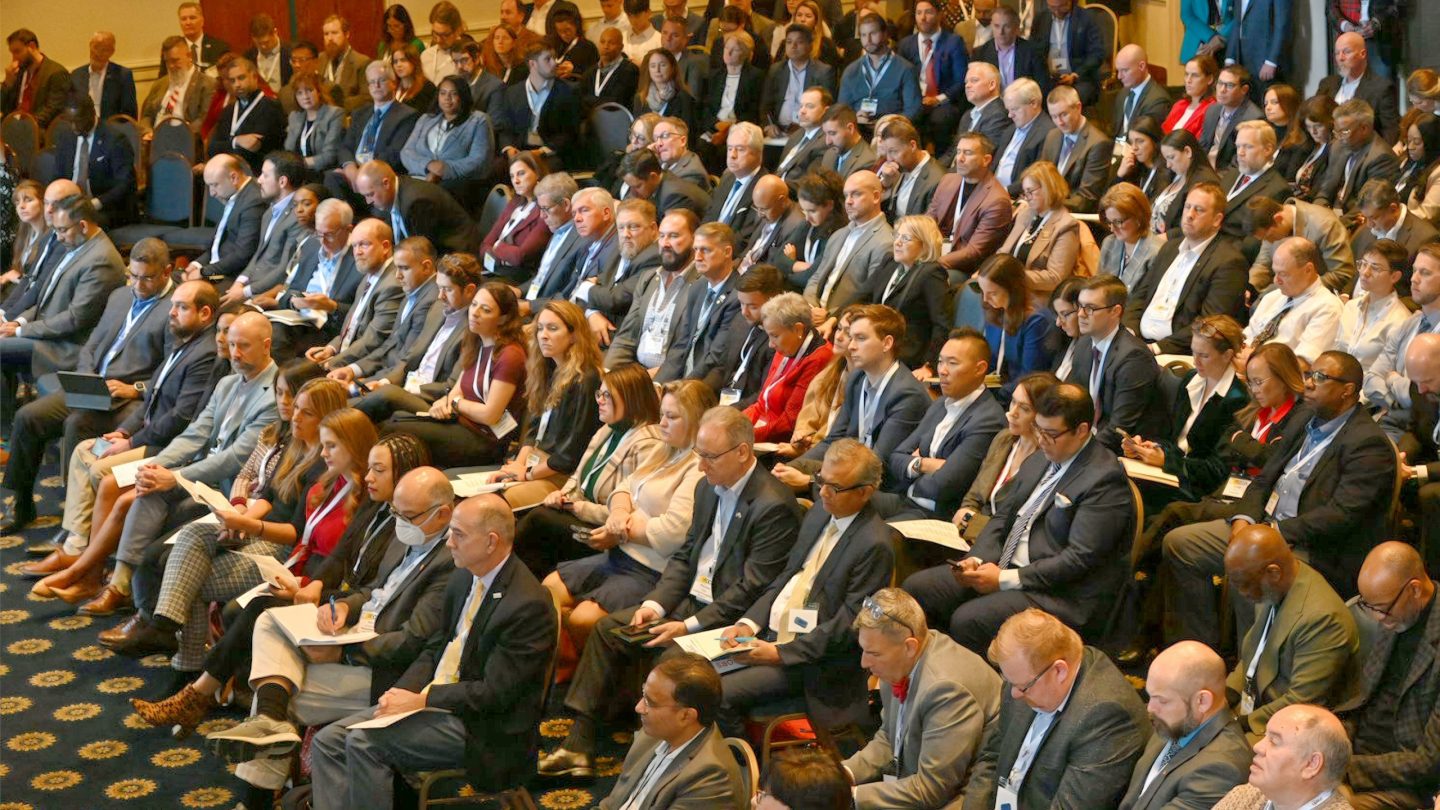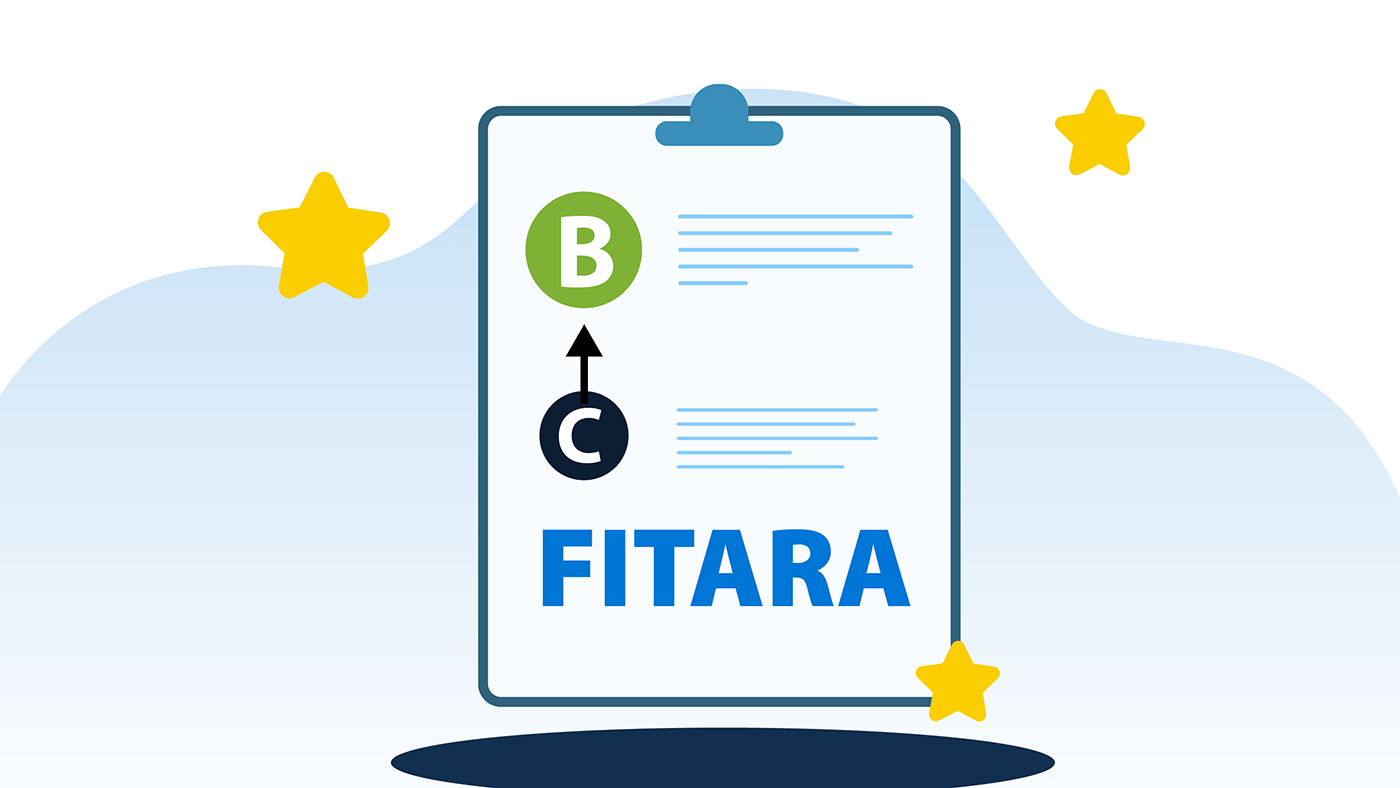Appears In
Department of Veterans Affairs (VA) Office of Information Technology (OIT) professionals enable over 420,000 VA employees in their efforts to deliver the health care, benefits, and memorial services that millions of Veterans deserve. Robotic process automation has the potential to save organizations like VA significant resources by performing automated tasks, saving time and effort, along with financial and other resources that can be redirected elsewhere.
Robotic process automation is software that performs time-intensive, routine tasks that employees have traditionally performed. These tasks are performed by bots, or tiny programs, that can only perform a specific task. VA continually implements these software bots to work around the clock, completing menial tasks without experiencing burnout, fatigue, or human error. This means that VA can deliver higher-quality results in the minutia for a wide range of benefits services and applications, as with the Community Care Reimbursement System (CCRS) or ClaimsXM. Essentially, this automation enables our employees to dedicate their time and energy to more valuable, high-impact problem-solving and customer service tasks to meet Veterans’ needs better.
How VA Implements Robotic Process Automation
VA has developed a simple process for teams to identify opportunities and implement bots into their workstreams. We’ve mapped the journey from start to finish, beginning at our Request-a-Bot webpage, where employees can apply for a bot and work with experts to process the request. The teams then collaboratively develop a bot to fit the need within their application.
This process and similar others throughout the enterprise is what helps to make VA the best in federal IT solutions development and execution.
VA’s Request-a-Bot Tool
Employees can use the Request-a-Bot tool to quickly identify how many annual hours will be saved when implementing a bot for a specific task. After this initial calculation, employees can fill out the form to apply for creating an automation robot for their team.
VA is dedicated to making robotic process automation access easy and efficient to maximize these potential benefits throughout all our programs. This is just one feature of the VA RPA Center of Excellence, which helps streamline the process of planning, building, securing, authorizing, and maintaining automations for VA projects.
VA Case Study: Robotic Process Automation in Action
The Community Care Reimbursement System (CCRS) workflow processes payments for Veterans and eligible dependents for the health care delivered by community providers. Within the CCRS, Claims Modernization (ClaimsXM) handles eligibility and claims payments for five congressionally mandated programs. It is an integral part of the CCRS claims processing system, along with Payer EDI, which finalizes provider payments. This workflow provides the perfect setting for leveraging RPA modernization.
Robotic Process Automation results:
- CCRS has automated nearly 100% (99.9) of the community care claims, with reimbursement occurring in less than seven days—exceeding previous targets.
- ClaimsXM could redirect 133,000 employee hours to higher-level work due to RPAs automating tasks.
- Payer EDI’s (Electronic Data Information) Transaction Application Suite (EDI TAS) was able to auto-adjudicate three million more claims in 2021 than in 2020 with 98.5% accuracy.
Overall, Robotic Process Automation has helped enhance Community Care’s claims processing workflow by minimizing errors, processing claims more efficiently and effectively, and allowing for timely payments to Community Care providers, resulting in a stronger network caring for our Veterans.
Benefits of Robotic Process Automation at VA
- Eliminate error-prone repetitive human tasks via consistent performance. Automation behaves according to the specific programming guidelines a bot is given. This means precise, repetitive behavior, the ability to improve bots continually, and mistake-free decision-making. However, balancing automation and human interaction is essential to ensure an all-encompassing approach to Veteran claims support.
- Improving the Veteran experience is a top priority when integrating robotic process automation at VA, especially within existing systems. It should be comfortable and easy for Veterans to navigate the systems in place that help them access their benefits, and their satisfaction guides everything we do. Automation allows for faster processing, which leads to a more delightful experience for the end user due to shorter wait times and near elimination of inconsistencies resulting from human error.
- The return on investment with robotic process automation is significant. The Office of Information and Technology’s IT Budget and Finance service alone has deployed nine automations, all of which are estimated to have saved $574,289, along with 7,649 manual work hours annually, allowing those employees to redirect time to more complex projects.
- Higher employee satisfaction resultsfromemployees having greater opportunity to focus their energy on complex, meaningful tasks that tap into problem-solving, creativity, and joy in human connection. Employees are happier when they spend less time on repetitive, tedious tasks and instead feel more connected to activities that give meaningful contributions to their organization.
- Security and privacy both benefit from automation. Bots do only what they are programmed to do without variation. This means that they only work on specifically- assigned data and systems, which drastically reduces security risks posed by human error or those with ulterior motives. It’s also incredibly fast and easy to monitor for and detect automation variations that may signal a security issue.
- Low-code or no-code technology solutions in modern automation software mean thatbots can be created and deployed in significantly less time than other business process automation tools, allowing our enterprise systems to become more productive faster. Easy integration also eliminates the need to overhaul inefficient legacy systems completely.
Easy access and a commitment to collaborative solution-building demonstrate VA’s commitment to excellence in customer service and engineering. Our goal is continued simplification and enhanced speed for claims processing so that Veterans can receive the benefits and care they need, no matter where or when. As the number of Veterans and claims fluctuates, Robotic Process Automation can easily scale up or down to handle varying workloads efficiently. This flexibility ensures that the system remains responsive during peak periods while avoiding instances of over-staffing during slower times.
Adopting Robotic Process Automation at VA in benefits claims processing streamlines operations, enhances service delivery, and contributes to an improved experience for the Veterans we serve.
Topics in this story
In this article






